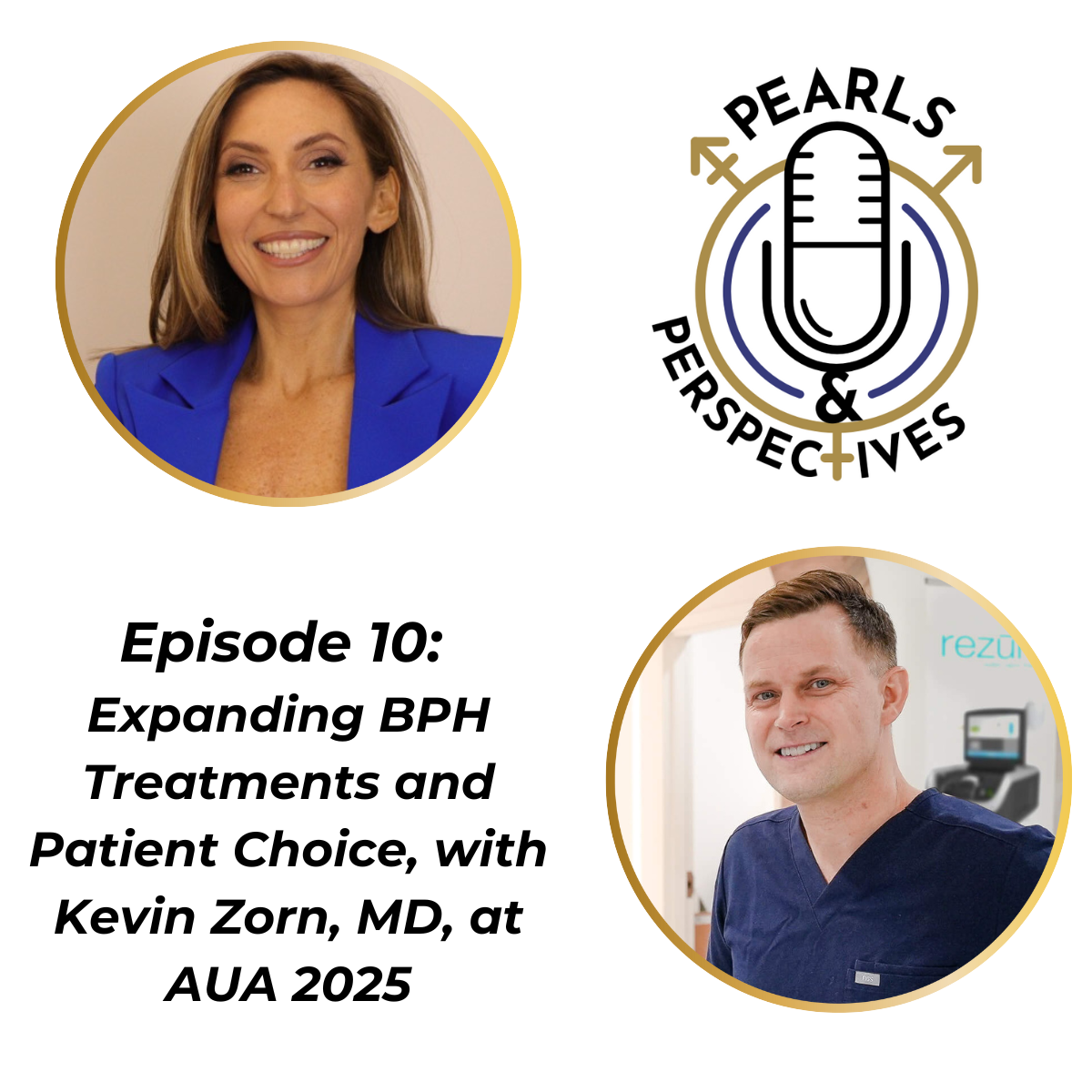News
Article
Investigators report on real-world recurrence, survival rates in RCC
Author(s):
“Our study provides real-world recurrence and survival rates, [however], a major limitation is the retrospective nature of the analysis,” wrote the investigators, led by Viktor Gruenwald, MD, PhD.
Findings from a retrospective study presented at the 2024 Genitourinary Cancers Symposium in San Francisco, California, indicate the potential of morphologic renal cell carcinoma (RCC) types and tumor stage for providing insight on disease-free survival (DFS) and overall survival (OS) outcomes in real-world practice for patients with resectable RCC.1
Viktor Gruenwald, MD, PhD

“Our study provides real-world recurrence and survival rates, [however], a major limitation is the retrospective nature of the analysis,” wrote the investigators, led by Viktor Gruenwald, MD, PhD, interdisciplinary genitourinary oncology, clinic for urology and clinic for medical oncology, University Hospital Essen, Essen, Germany.
The real-world data were organized in 3 main groups based on stage 1, 2, or 3 of tumor node metastasis (TNM) and histology: clear cell renal cell carcinoma (ccRCC), papillary renal cell carcinoma (pRCC), and not otherwise specified (NOS).
Patients in the ccRCC group with TNM stage 1 showed at 2 years a DFS of 90.4% (CI 95%, 87.1%-94%) and at 5 years 78.9% (CI 95%, 73.6%-84.5%). The OS for this group was 95.2% (CI 95%, 93.2%-97.2%) at 2 years and 86.5% (CI 95%, 82.8%-90.4%) at 5 years. These percentages decrease per TNM stage, and patients with ccRCC TNM stage 3 showed a DFS of 70.6% (CI 95%, 61.1%-81.5%) at 2 years and 46.5% (CI 95%, 34.9%-62.1%) at 5 years and an OS of 89.3% (CI 95%, 83.7%-95.2%) at 2 years and 70% (CI 95%, 60.2%-81.3%) at 5 years.
For patients in the pRCC group with TNM stage 1, the DFS was 93.9% (CI 95%, 89.2%-98.8%) at 2 years and 88.5% (CI 95%, 81.0%-97.8%) at 5 years. The OS was 94.8% (CI 95%, 91.1%-98.6%) at 2 years and 88% (CI 95%, 82.2%-94.2%) at 5 years. For patients in this group with TNM stage 3, the DFS at 2 years was 47.1% (CI 95%, 26.5%-83.8%) and 23.6% (CI 95%,7.6%-73.4%) at 5 years and the OS at 2 years was 70.4% (CI 95%, 51.5%-96.2%) and 41.1% (CI 95%, 20.5%-82.5%) at 5 years.
In the NOS RCC group with TNM stage 1 the DFS was 89% (CI 95%, 81%-97.8%) at 2 years and 79.7% (CI 95%, 69.1%-92.0%). The OS was 95.4% (CI 95%, 91.1%-99.9%) at 2 years and 85.9% (CI 95%, 77.2%-95.5%) at 5 years. For patients in this group with TNM stage 3 the DFS at 2 years was 73% (CI 95%, 56.5%-94.3%) and 44.6% (CI 95%, 25.3%-78.4%) at 5 years and the OS at 2 years was 84.5% (CI 95%, 71.6%-99.8%) and 53.5% (CI 95%, 43.2%-83.7%) at 5 years.
The total DFS at 5 years for patients with ccRCC was 83.2% (CI 95%, 80.6%-86.9%) and the total OS was 82.7% (CI 95%, 79.2%-86.3%). For patients with pRCC the total DFS at 5 years was 85.9% (CI 95%, 81.2%-90.8%) and the total OS was 82.0% (CI 95%, 75.9%-88.7%). The total DFS at 5 years for patients with NOS was 87.0% (CI 95%, 82.0%-92.5%) and the total OS was 77.2% (CI 95%, 68.8%-86.6%).
The analysis included adult patients who underwent routine care and either nephron-sparing surgery or nephrectomy for non-metastatic RCC at tertiary German cancer centers between the years 2013 and 2022. Patients with clear cell, papillary, or NOS histologies were eligible for inclusion. The primary objective for the review was to assess DFS and OS using Kaplan-Meier analyses stratified by pathological stage.
Among patients evaluated in the review, 1291 received nephron-sparing surgery or nephrectomy and 1271 of these patients (98.5%) had R0 or R1 resection margins. The median follow-up was 37.8 months (interquartile range, 13.08-65.74). Among all patients included in the review, 754 had ccRCC with a mean age of 63.5 years and 70.0% were male. There were 221 patients who had pRCC with a mean age of 62.1 years, and 78.7% were male. There were 165 patients with NOS RCC, a mean age of 63.3 years, and 67.3% were male. Additionally, 129 patients had other histologies, a mean age of 61.0, and 50.4% were male.
In localized RCC, standard treatments include nephrectomy and risk-adapted adjuvant pembrolizumab. The risk of recurrence is assessed based on findings from clinical trials to guide patient counseling. The real-world data are minimal for recurrence and survival and real-world outcomes may vary from what is observed in controlled trial settings. This study presented real-world outcome data of RCC patients sourced from the German Cancer Consortium’s Clinical Communication Platform, which serves as a federated data warehouse infrastructure specifically designed for gathering oncological real-world evidence.
“[Because] our study advises on real-world recurrence and survival rates in patients with different RCC types, it may be used to counsel patients with regards to adjuvant therapy in the clinic,” investigators stated in the abstract.
Reference
1. Gruenwald V, Thomas C, Chun F, et al. Real-world outcomes of patients with operable renal cell carcinoma from the German translational cancer research consortium (DKTK) network. J Clin Oncol. 2024;42(suppl 4):394-394. doi:10.1200/JCO.2024.42.4_suppl.394.
Newsletter
Stay current with the latest urology news and practice-changing insights — sign up now for the essential updates every urologist needs.

















